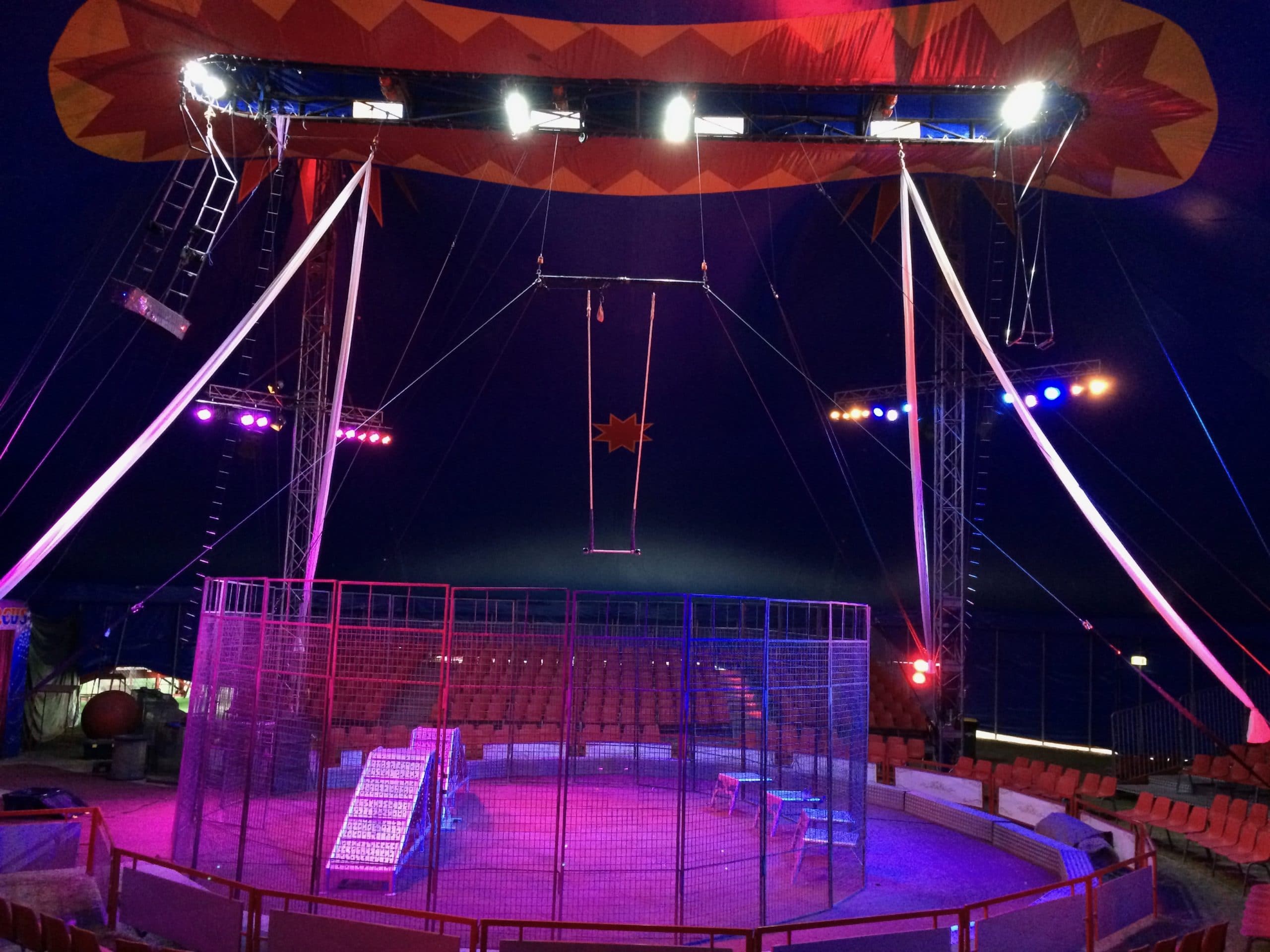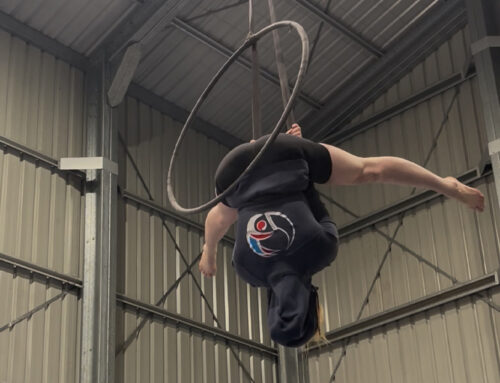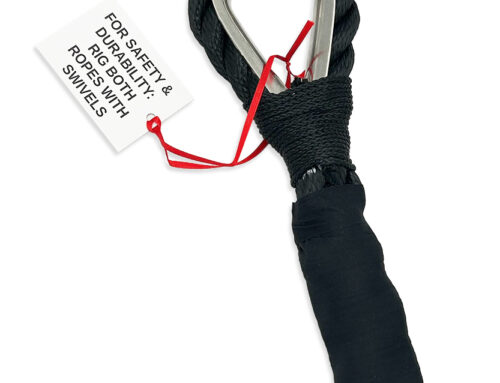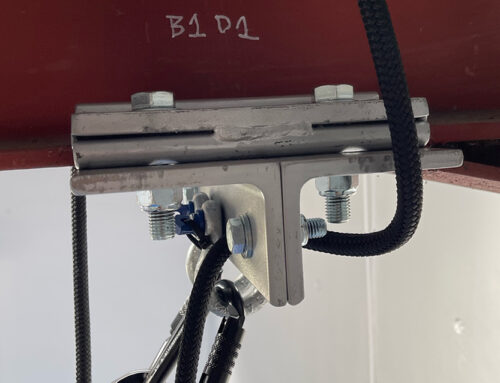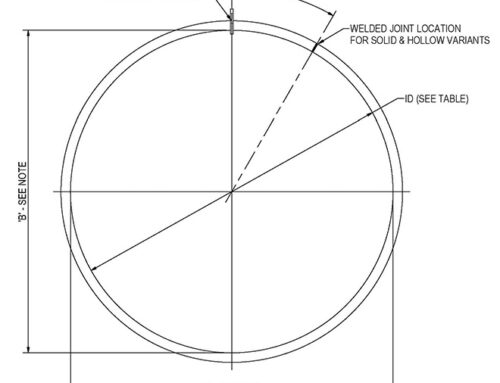During my performing years, I usually did aerial acts which required specialized rigging. At that time, I was responsible to set up my own equipment. I learned how to set up my flying trapeze rigging in any big top tent, stadium or building, even in a velodrome. If I was not given the choice and someone else was responsible to set up my gear, I would usually witness the setup and check everything was to my specifications before show time. In these modern days, trained technicians or riggers could be responsible for setting up your aerial gear. How do you feel about that? Do you trust them to set up your gear exactly the way you like to have it? If you do not have anything to do with the setup of your gear, would you like to be more involved? Should an aerialist know how to set up their own gear?
When I moved to Australia, I had to conform to the National rigging regulations, even though I was an independent sole trader. I felt indignant that I would need to go through a national accredited riggers course in order to get a rigging licence to be “allowed” to set up my own flying trapeze rigging. Something that I had been doing regularly for the past 25 years! I had no choice, and finally I humbled myself, and did the course. Laws are laws – no matter where you live. Besides, I could not get public liability insurance cover if a “qualified rigger” was not supervising the setting up of my rig. After doing the Basic Riggers course, I started to understand that getting the licence was not actually about learning how to set up my rig, but learning the importance of public and personal liability. I got into it and ended up doing the full-length course, going all the way to become a Registered Advanced Rigger.
The benefit of having done that course became obvious to me. The validity of the physical licence, which I needed to display each time before I was allowed to rig any circus equipment in a public space. Mostly it was the confidence it gave me that I could recognize the risks involved in how the equipment was going to be used, and that I was helping the performer feel completely safe during their performance. Finally, and quite frankly the whole point of the course, is that everyone else from the audience, to the building owners, knew that no accident will take place due to a rigging failure. As an ex-aerialist, I know the importance of having confidence in your equipment and its rigging, which allowed me to focus on my act and not become distracted with worry.
I believe that all aerialists should know everything about the equipment they will use, not only the apparatus its self, but how it is set up. That way they can be more aware of what to check before they use it and become autonomous in keeping themselves safe. You do not need to do a rigging course for this, but you should be able to identify problems if your gear looks “off” or uneven. If so, do not be afraid to get it check and re-checked by your show rigger or technician. If you are worried about something, it is worth fixing. Not only for your own safety, but also for the safety of your audience, your colleagues using the same space and for the longevity of your equipment. No one likes to see someone getting hurt doing something they love. Exercising safe rigging practices is a reflection of how much you value yourself, and your consideration for others. Train safely everyone!

